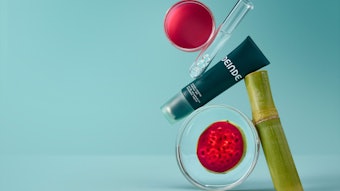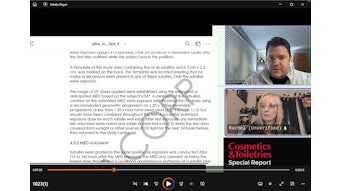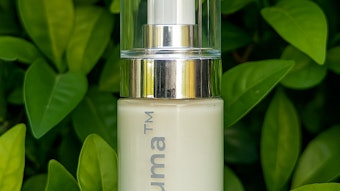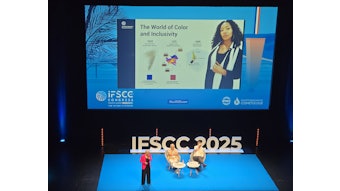
I am writing about the paper by Stanek and Gupta on "Safer Solar protection: Going Beyond UV defense, Part I," published in Cosmetic & Toiletries January 3rd, 2017.
We all agree that our sunscreen system can be improved, and scientists in industry and academia are working to understand the effects of UV radiation on human skin, while trying to find better tests to assess the efficacy of sunscreens and to elucidate the mechanisms of action of the observed phenomena. To allow progress and avoid confusion, all this thinking and experimenting must rest on solid experimental data and on rigorous theoretical approaches. My feeling is that the paper by Stanek and Gupta, in its present form, might add to the confusion.
The paper is convoluted and I will limit my comments to pinpointing some misconceptions and misrepresentations reported in the paper.
1. Page 1, 2nd paragraph. The authors quote several reactive oxygen species and forget singlet oxygen, the most abundantly UV-produced ROS and the most reactive one, for which scavengers exist and are available on the market, and yet they are overlooked largely because of the current underestimation of the harmful effects caused by singlet oxygen.
2. Page 1, 5th paragraph. It seems to me that the authors misrepresent the concepts of SPF and absorption. SPF values are transmission, not absorption numbers. Grossly speaking, the transmission across a layer of a cream with an SPF of 15 is twice the transmission across a layer (with the same thickness) of a cream with an SPF of 30.
The definition of Sun Protection Factor is:
SPF = MED with sunscreen / MED without sunscreen
where MED is the Minimal Erythemal Dose, a quantity strictly dependent on the received intensity and therefore linked to transmission.
On the other hand, the definition of Absorption is:
A = log Io/I
where Io is the intensity of the incident radiation and I is the intensity of the transmitted radiation. So, when absorption doubles (by going from 1 to 2), the transmission drops by a factor of ten. And when the absorption doubles and increases from 2 to 4, the transmission drops by a factor of one hundred. All this is to say that the statement by authors that "SPF 30 filters absorb twice as much as the SPF 15" is absolutely incorrect.
3. Page 2, 1st paragraph in "Why use sunscreens?" section. It is written that "UV can penetrate the skin where it mainly produces reactive oxygen species. This leads to DNA damage..."
The authors seem to disregard the direct absorption of UV by RNA and DNA in the epidermis. This absorption is important to understand why UVA rays (not absorbed by nucleic acids) penetrate the skin while UVB rays (absorbed by nucleic acids) do not penetrate the skin. This absorption is also of paramount importance in the production of direct DNA damage (e.g., pyrimidine dimers), which have been shown as causally associated with the onset of inflammation1 and skin cancer.2
4. Page 3, last paragraph of the section "Protective Strategies." The authors seem to disregard the fact that melanin is a poor UV absorber and that it has poor UV-protecting capabilities.3
5. Page 4, 3rd paragraph of the section "Potential Side Effects." The endocrine-disrupting properties of some sunscreens were observed in experiments where the uterus of the immature rats were treated with incredibly high concentrations of the sunscreens. A calculation4 shows that the human uterus would never be subjected to such concentrations in a lifetime of a full body daily use of commercial sunscreens, even if one were to assume total penetration through the skin and total retention of the sunscreen by the human body.
These are just the most striking misrepresentations, which should be somehow pointed out to the readers.
With my warmest regards,
Paolo Giacomoni, Ph.D.
References
1. RD Ley, Proc Natl Acad Sci (USA) 82: 2409-2411 (1985)
2. FR de Gruijl and H Rebel, Photochem Photobiol 84 382-387 (2008)
3. DJ Cripps, J Invest Dermatol 77 154-157 (1981)
4. SQ Wang, ME Burnett and HW Lim, Arch Dermatol 147 865-866 (2011)










